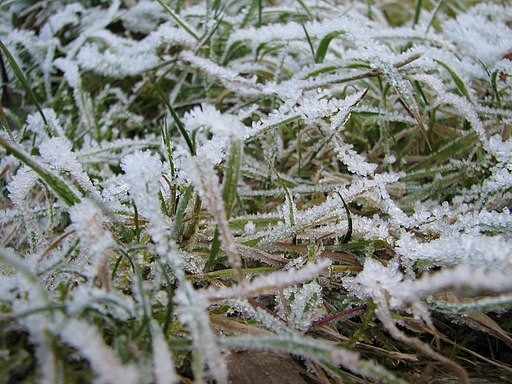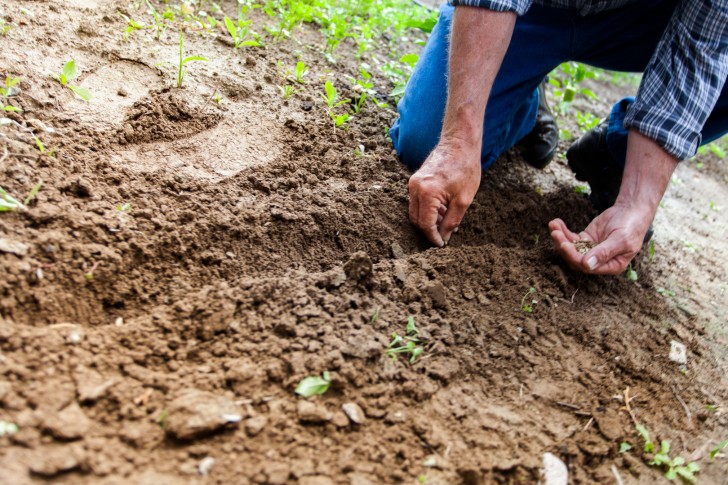Sowing a lawn in winter? It is possible and we'll explain how to do this

Winter is always a critical time for the cultivation of plants and vegetables. Additionally, our lawns also often suffer cold damage, turning yellow and dying off in areas (leading to a "patchy" lawn sprouting in spring).
Over-abundant rainfall also risks damaging the lawns, water-logging the roots. That said, winter conditions serve a purpose and it's down to us to care for our lawns during this inclement period.
But is it possible to sow and take care of the lawn in winter properly? Yes, it is - in fact, winter can be a good time to sow and take care of your lawn, preparing it for the coming spring and summer.
So, how do we do this? Well, keep reading:
The lawn in winter: general considerations

In winter, lawn grass enters a dormant state, slowing down its vegetative activities if the temperatures are near or below zero for entire days. If, however, the temperatures are higher, the lawn's metabolic activity keeps going and should be helped with this. You can use a potassium fertilizer for this purpose, which will help the grass remain healthy throughout the winter.
If some areas of your lawn need to be reseeded or if you want to sow a lawn for the first time, you must keep in mind that the seeds germinate only if the temperature remains above 10 degrees C. The tetraploid perennial, ryegrass, however, can tolerate temperatures of around 5 degrees C and could therefor be a good choice if you're sowing a winter lawn.
Excessive humidity can also slow down or damage germination and growth and for this reason, it is important to ensure the soil drains this excess away and is aerated. Use a garden fork (or a special machine) to punch holes into the soil for this purpose.
Dormant seeds

It is best to sow your lawn at the tail end of winter, when temperatures are already starting to rise. However, there is another option/method you can try: dormant sowing. This method allows you to get started with sowing chores earlier.
This method involves sowing the seeds in winter and they remain in a dormant state until the right conditions for germination arise. Any snow that falls will not be able to damage the seeds - in fact, the snow will actually create a protective layer for the seeds. That said, it is important to choose grass species that are resistant to frost (especially once they have germinated).
So, as you can see, it is possible to sow a lawn in winter - and have a great-looking garden in early spring!
Happy sowing!